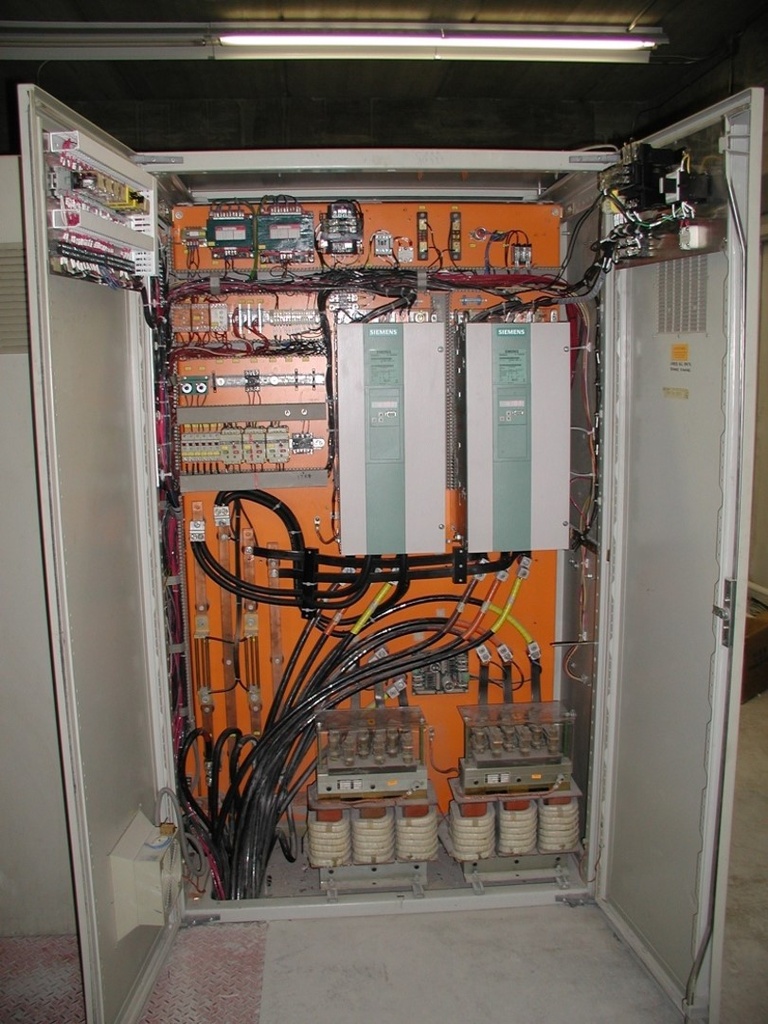DC VFD controllers
**Direct Current Variable Frequency Controllers (DC VFD)** are devices that control the speed of direct current (DC) motors by adjusting the frequency of the power signal. Unlike alternating current (AC) VFDs, DC VFDs are used specifically with DC motors, which are common in applications requiring precise speed control.
.
**Direct Current Variable Frequency Controllers (DC VFD)** are devices that control the speed of direct current (DC) motors by adjusting the frequency of the power signal. Unlike alternating current (AC) VFDs, DC VFDs are used specifically with DC motors, which are common in applications requiring precise speed control. .
Here is an overview of DC VFDs:
- Rectifier: Converts the input alternating current (AC) into direct current (DC).
- DC Link: Smooths the direct current to provide a more stable signal.
- Inverter: Uses techniques such as pulse width modulation (PWM) to convert smoothed direct current back into an alternating current signal with the desired frequency to control motor speed¹.
DC VFDs are beneficial in applications where:
- Precise speed control: Ideal for processes that need fine speed adjustments.
- High torque at low speeds: DC motors can provide high torque even at low speeds, which is crucial for certain industrial applications.
- Fast response: DC motors with VFD can respond quickly to changes in control signals, which is essential for dynamic applications.
DC VFDs are used in a variety of industries, including automotive, manufacturing and robotics, where precise control of motion and speed is critical. If you need more information or have specific questions about DC VFDs, I will be happy to help you
